Do you have a potable water filtration system that uses sediment or taste and odor filters? The filter cartridges in this system should be changed, at minimum, every 6 months. Changing the filter cartridge should be an easy task, but what if it's not? Occasionally, the filter bowl can get stuck, taking significant effort and multiple attempts to successfully remove it.
In this blog, we have listed a handful of tips that will help if you ever run into a stuck filter bowl. We will also cover some tips on how to prevent a seized filter bowl to reduce the chance of your filter bowl getting stuck.
1. Make sure to eliminate all of the internal pressure
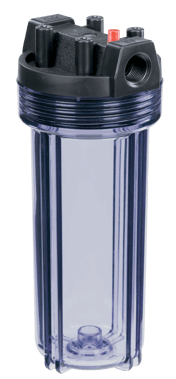 Before you over exude yourself, you need to look at the most common issue that causes a stuck filter bowl which is failure to release the internal pressure before loosening the bowl. In most cases, the internal water pressure is the only thing that is causing the filter bowl to be difficult to get loose.
Before you over exude yourself, you need to look at the most common issue that causes a stuck filter bowl which is failure to release the internal pressure before loosening the bowl. In most cases, the internal water pressure is the only thing that is causing the filter bowl to be difficult to get loose.
To eliminate the pressure, the shut-off (ball) valve on the inlet side of the filter, must be closed. Once the inlet is closed, the pressure can be relieved by opening the faucet on the outlet side of the filter.
The valve needs to be open on the outlet side to allow release of internal filter/line pressure. Once the pressure has been released, the shut-off valve on the outlet side can be closed to prevent the water in the pipes above from back flowing when the filter bowl is removed. 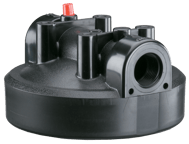
To be sure that there is no internal pressure, you can press the red button on the top of the filter body, known as the air release valve. There shouldn't be any pressure, if the water squirts out with force, you know that there is still some internal pressure.
TIP: Righty-tighty, lefty-loosy!
Remember the saying righty-tighty, lefty loosy? Well, that is a helpful saying to keep in mind! Important note, the counter clockwise rotation is based on you looking at the bowl from the bottom, not looking down at it from the top.
CAUTION: Under no circumstances should you heat the plastic filter components. Heating the plastic components will degrade the structural integrity of the plastic, resulting in stress cracking of the filter components in some cases.
2. Increase the torque
 You can increase the torque by applying additional leverage by using a short extension on a filter wrench. If you're not already using a filter wrench, get one, and then use one hand to support the base of the unit by placing it on the bottom of the bowl, applying pressure, turning the filter bowl counter clockwise. If this does not give you enough torque to loosen the filter bowl, you may need grab a second filter wrench.
You can increase the torque by applying additional leverage by using a short extension on a filter wrench. If you're not already using a filter wrench, get one, and then use one hand to support the base of the unit by placing it on the bottom of the bowl, applying pressure, turning the filter bowl counter clockwise. If this does not give you enough torque to loosen the filter bowl, you may need grab a second filter wrench.
By placing the wrenches, with handles at 140°-180°F from each other in a position that allows you to pull one wrench while pushing on the other. Doing this will apply more torque to dislodge the stuck filter bowl, reducing stress on the piping and filter bracket.
Your Filter Bowl May Be Stuck Because...
Lack of O-ring Lubrication
Failing to lubricate the O-ring can cause a number of issues. It can cause friction that will make it difficult to properly tighten the bowl, failing to make a water tight seal. If you install an O-ring dry, the O-ring will adhere to the plastic on the filter body and bowl making it difficult to remove the filter bowl.
O-ring will adhere to the plastic on the filter body and bowl making it difficult to remove the filter bowl.
Use of Inappropriate Petroleum based Lubricants
Petroleum based lubricants cause the O-ring to swell, causing extremely high pressure between the filter body and the filter bowl. You should only use silicone O-ring lubricants on O-rings.
Simply Over tightening
In some cases, the filter bowl was simply tightened way beyond the required torque to properly seal the filter bowl, especially if the O-ring is not being properly lubricated. The filter bowl should only be hand tightened and then wrench tightened another 1/8"-1/4" turn using the filter wrench. You can check to make sure the bowl has been tightened enough by turning on your water and waiting for any leaks, if there is a slow drip, release the pressure and tighten the bowl a little more.
Tips On Preventing A Seized Filter Bowl
Tip #1 - Use a silicone lubricant on the O-ring, a light application of the lube on the threads of the filter bowl can also provide an added layer of protection against the threads binding.
Tip #2 - Be sure not to over tighten. It may be difficult to resist the urge to tighten as tight as you can, but this can cause leakage.
Tip # 3 - Double check to ensure there are no old filter cartridge gaskets left at the bottom of the filter bowl. Some filter cartridges have rubber gaskets on each end, sometimes becoming detached from the filter cartridge, creating problems with getting the filter bowl to seal. This can cause you to over tighten to stop the leaking, resulting in stress cracking of the filter bowl or making it impossible to loosen the filter bowl in the future.
In Conclusion:
Being aware of what causes a filter bowl to stick, allows you to take preventive measures to ensure your filter bowl never sticks. We have also provided tips and tricks in the chance that your filter bowl has become stuck and you need to figure out what happened and how to fix it.
Have further questions about this subject?

Head over to Boshart's Knowledge Base: technical product information, guidelines, and more.


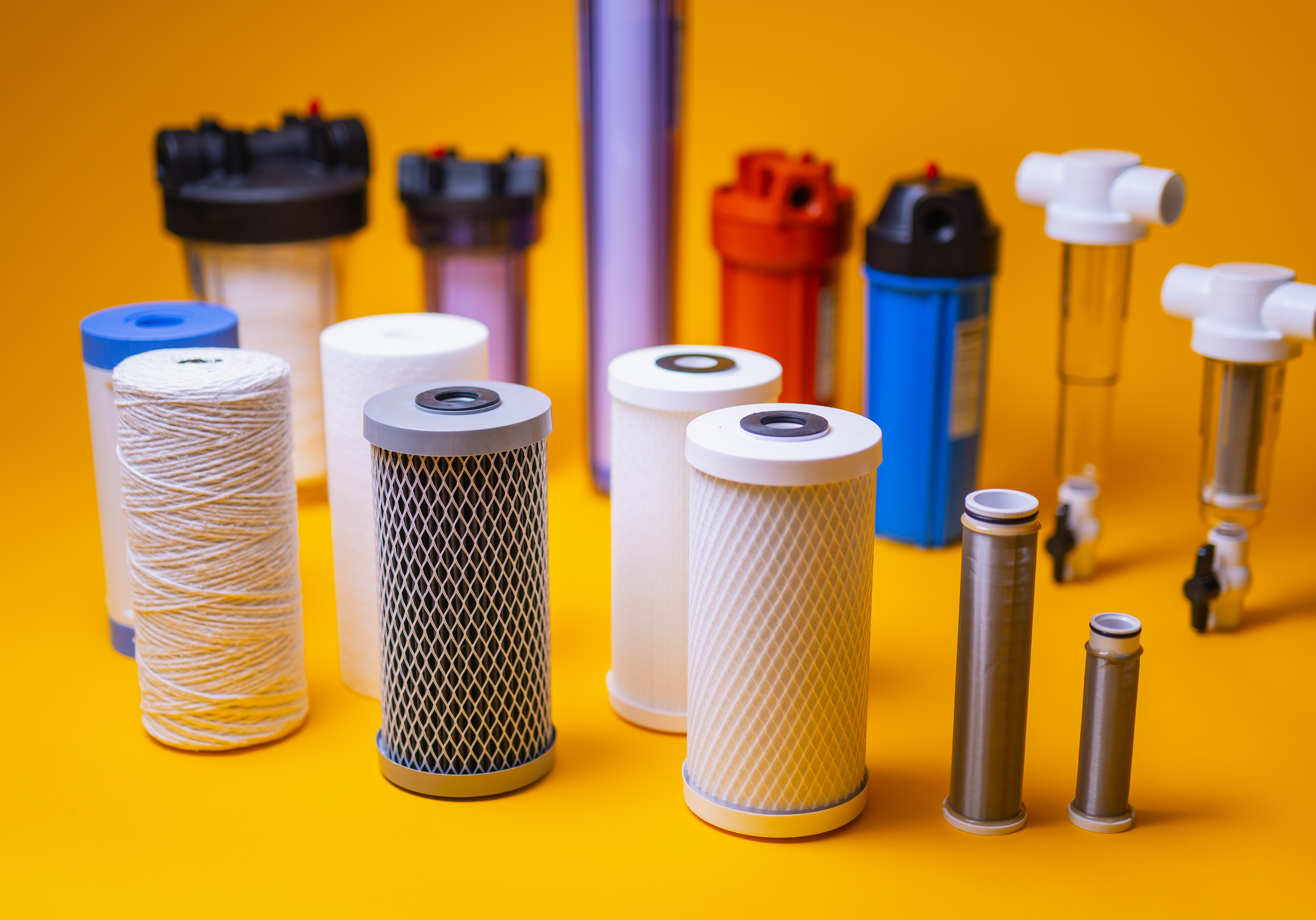
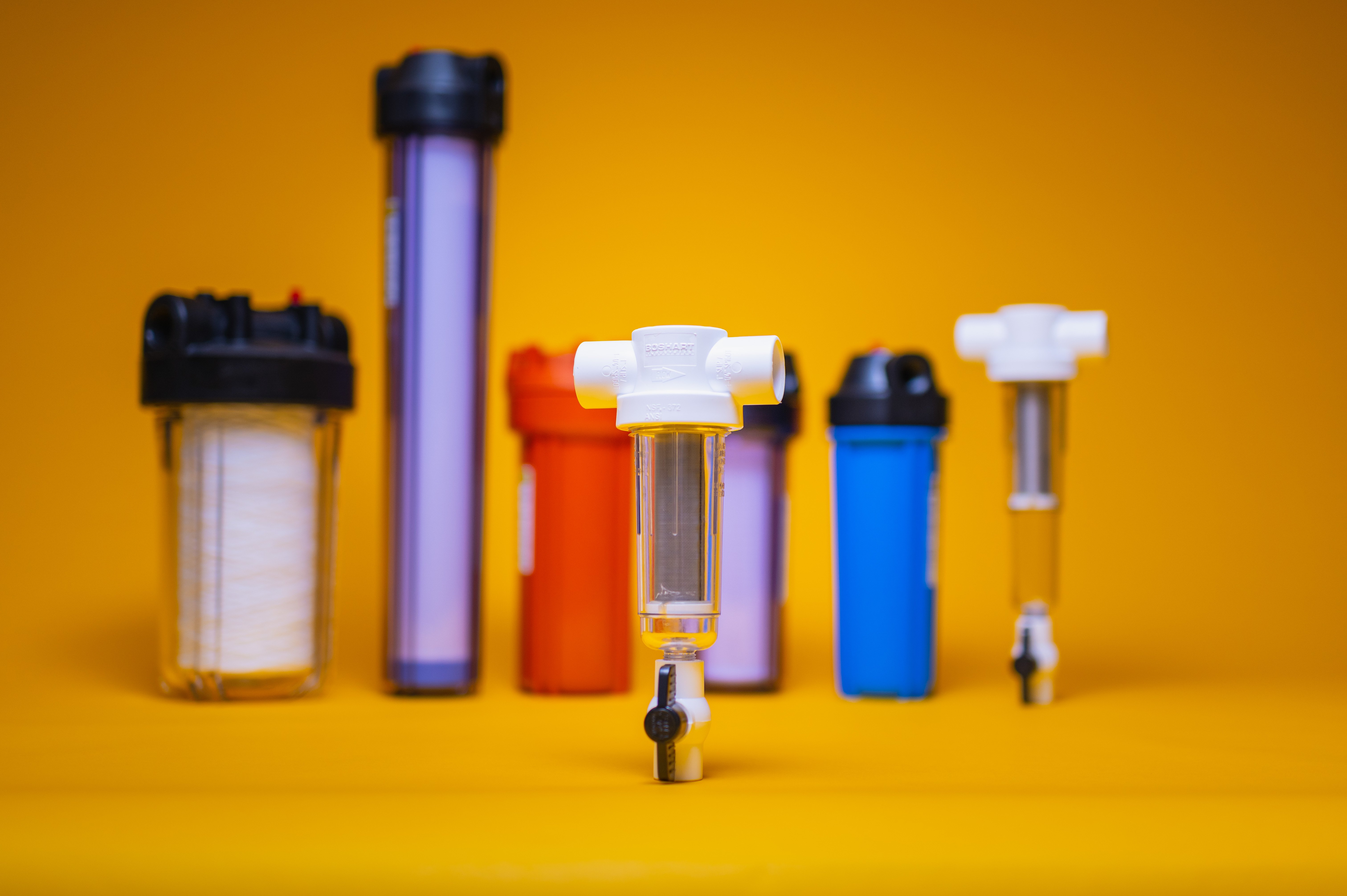
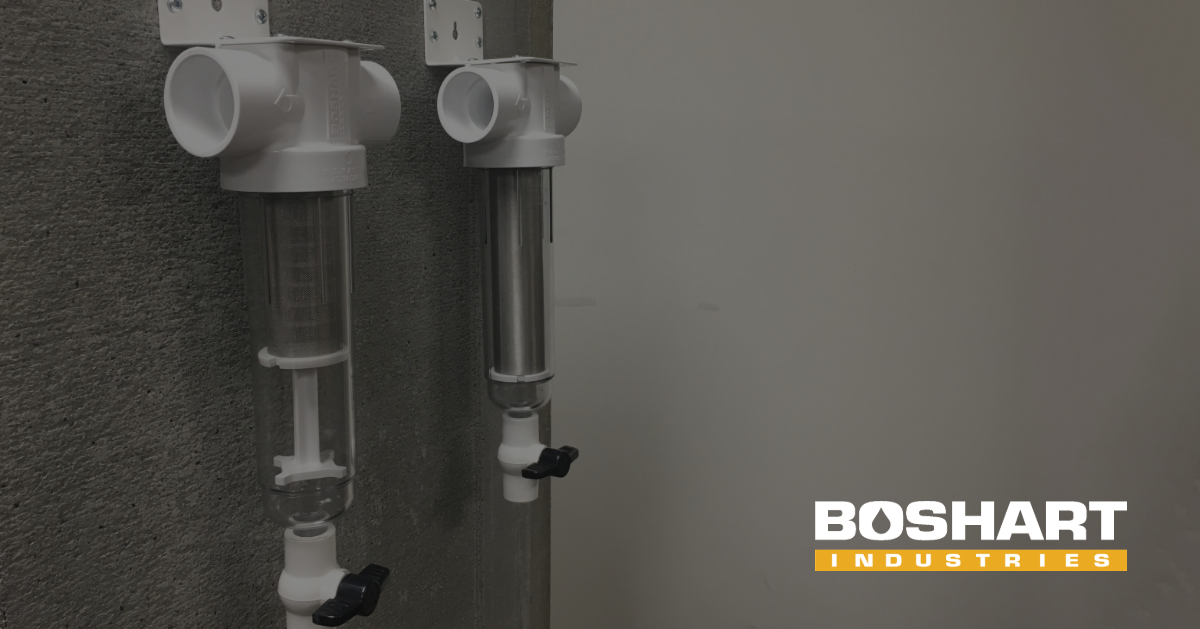
SHARE